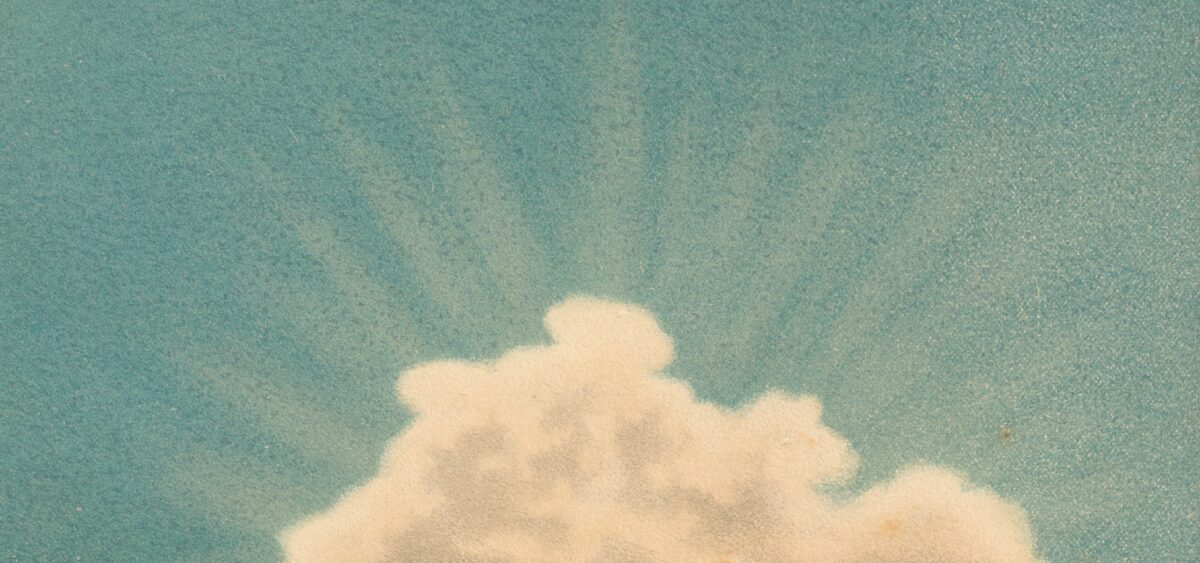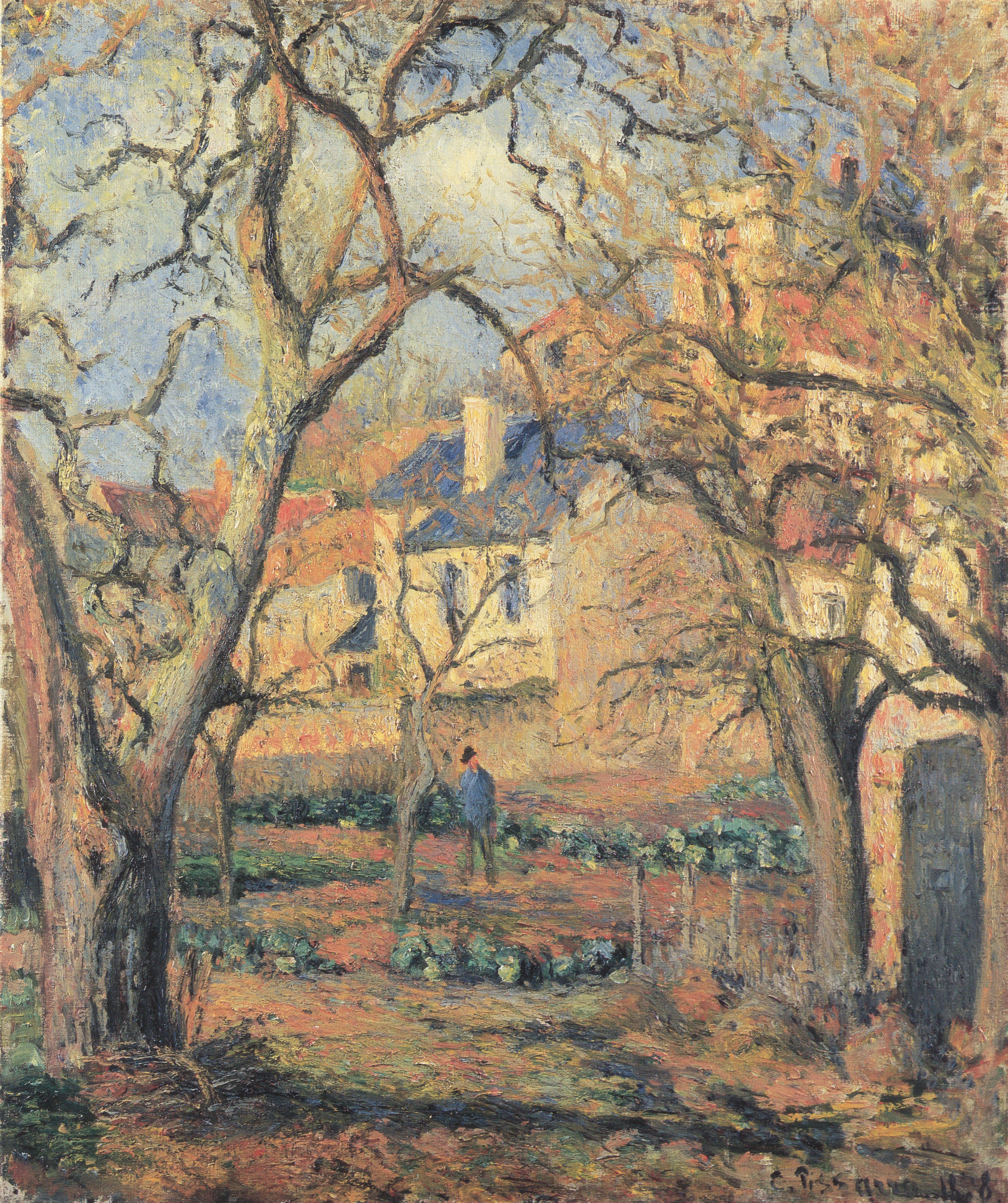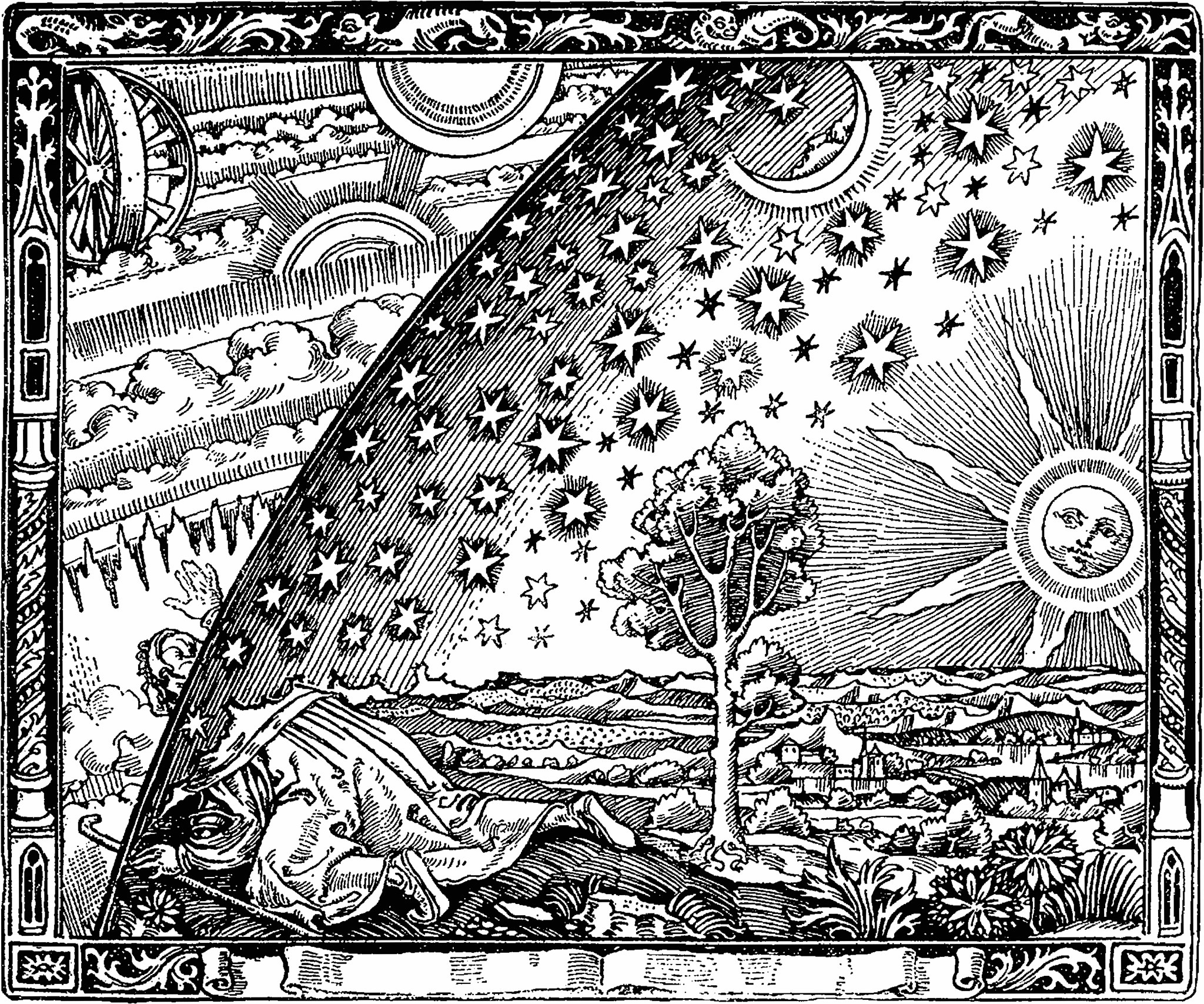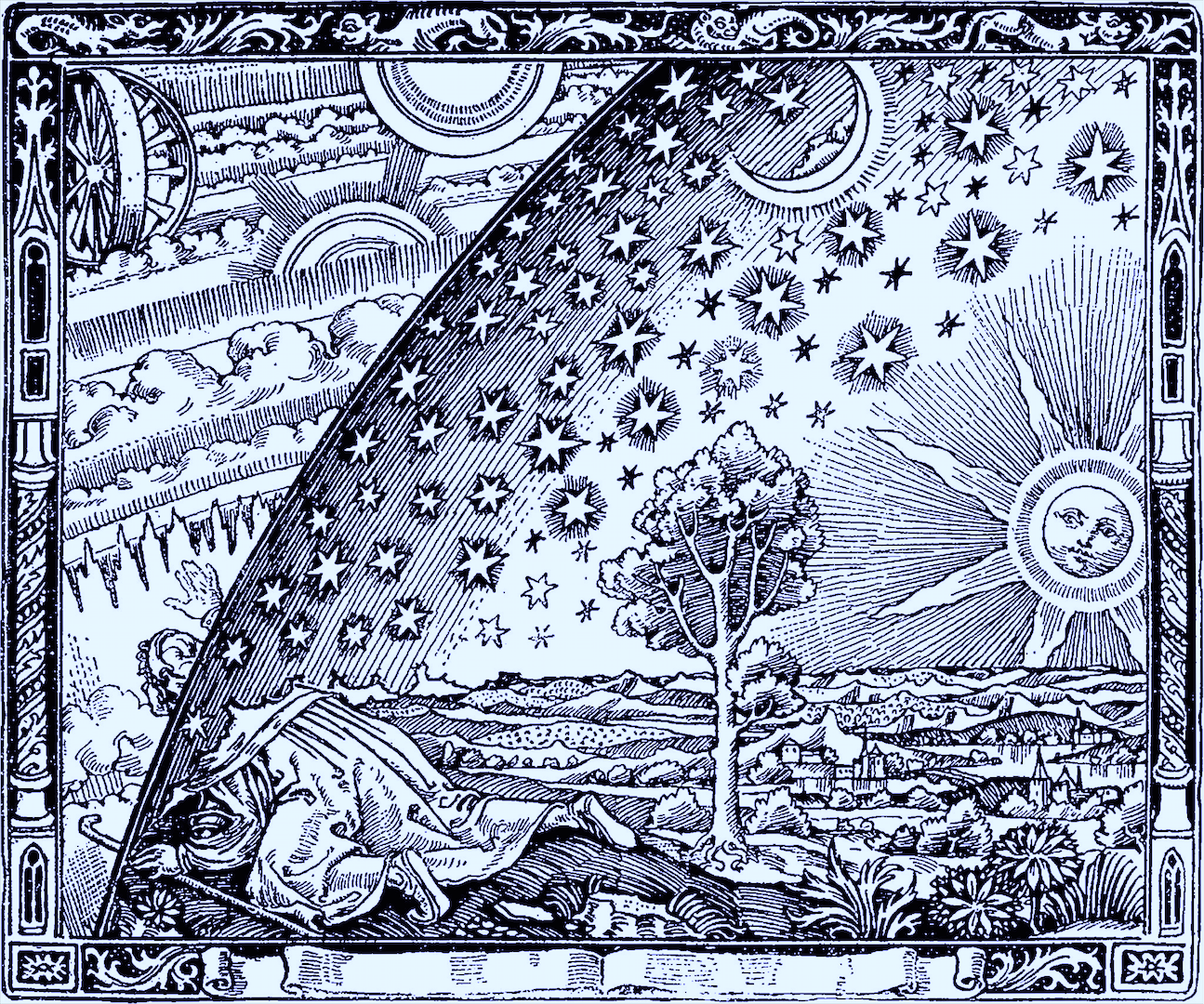
Click here to read an introduction to this poem.
If you are reading this poem on a mobile phone, we recommend rotating the view to horizontal (landscape) orientation.
The women cluster at the cathedral,
hair in careful bouffant helmets,
armored and elegant, poised to herd
purposefully
into Mystery.
I think, I’ll do that too, but tear up I can’t
say why.
Stand still. Wind wisps my hair that gently
you brush like stardust from my eyes. Light shifts
and colors sharpen. Across the square the Grand
Hotel sparkles with
chandeliers, mirrors
upon mirrors in gold-leaf frames: the soaring empty space
of the Symbolic.
Throngs pass in and out of these yawning
doors, the alacritous doormen, the language
of bodies feeling fear, love, pain – desire –
equitably: a gift
of insight
we hadn’t asked for or realized we’d received,
a simple,
an edge of the Negative: not simple
but potent, to refuse absolutes, remain
in process, a healing the (my) emotional
body in order
to keep open
the possible. The huddling women who’d seemed
so done up
are wounded, not not beautiful,
as in the strength with which they clutch one
another, eloquent now their faces have character,
expressed in
the parlance
of style we could read but not speak, always our
broken word.









